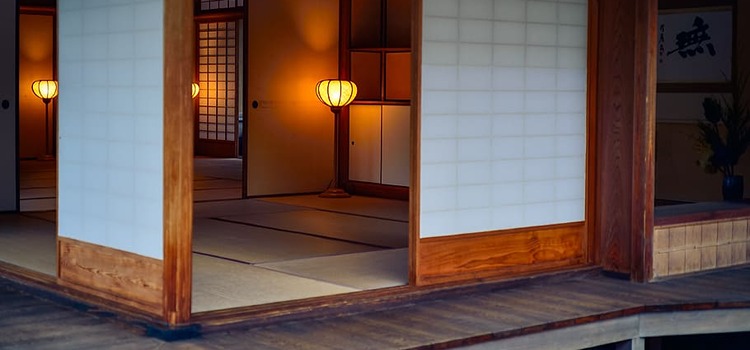
Japan has a serious problem with empty houses. Millions of akiyas, or abandoned homes, are scattered throughout the country, and the number is only growing. The problem is particularly acute in rural areas, where the population is aging and shrinking. The government has offered tax breaks and other incentives to encourage people to renovate or demolish empty houses, but the problem persists. Some people have turned to buying akiyas as a cheap way to get into the housing market, while others have seen them as an opportunity to create unique and artistic spaces. In this article in Architectural Digest magazine, Katherine McLaughlin explains this situation.
Why Japan Has Millions of Empty Houses
And the reason they’re selling for as little as $23,000
In the pursuit of homeownership, Americans are flocking to rural Japan, where an abundance of empty houses sit with shockingly low price tags. Dotted mostly throughout the country’s farmland, millions of akiyas—Japanese for “empty house”—have been left abandoned for years, and a recent push to revitalize rural areas means they’re being auctioned or sold for cheap, reports The New York Times. “While many Japanese don’t like used homes, foreigners see a house that is cheap and are more willing to reuse and renovate to their tastes and budget,” Chihiro Thursfield, who is from Japan and bought an akiya with her husband in 2017, told the paper.
Many of theses houses have been left for different reasons, though the catalyst is often the original owner dying. Sometimes an heir refuses to accept the home their families left behind—as was the case with Thursfield’s home. Others do not name an inheritor, or relatives who have been passed the home don’t need it but don’t want to sell family land out of respect. In any situation, the result is often the same: an empty house left to sit and deteriorate.
Still, as local governments have been increasingly emphasizing, abandoned homes can impact scenery and can be dangerous if they collapse. Though many municipalities have put new taxes in place to incentivize owners to either demolish or maintain homes, a decreasing Japanese population has left many akiyas unclaimed. When this happens, the government takes ownership and looks to auction off or sell the home, often for little money. Thursfield and her husband were able to purchase their home for $23,000. Another homeowner who spoke with the Times said he acquired his home $1,800 in 1973—though he’s put in about $700,000 in the years since to maintain it, about half of which has come from municipal grants.
To help coordinate buyers with properties, municipalities across Japan have started web pages, known as “akiya banks,” where listings are compiled. Even so, some in the private sector don’t think these government-run solutions adequately assist interested buyers and have started their own firms to facilitate transactions. Akiya & Inaka is one such firm, where one akiya, for example, is listed 12,000,000 yen—or about $90,000. Matthew Ketchum, a cofounder of Akiya & Inaka, told the Times that a majority of international clients are now coming from the United States, a significant uptick from when the firm first opened in 2020.
You can read the article in this link.
